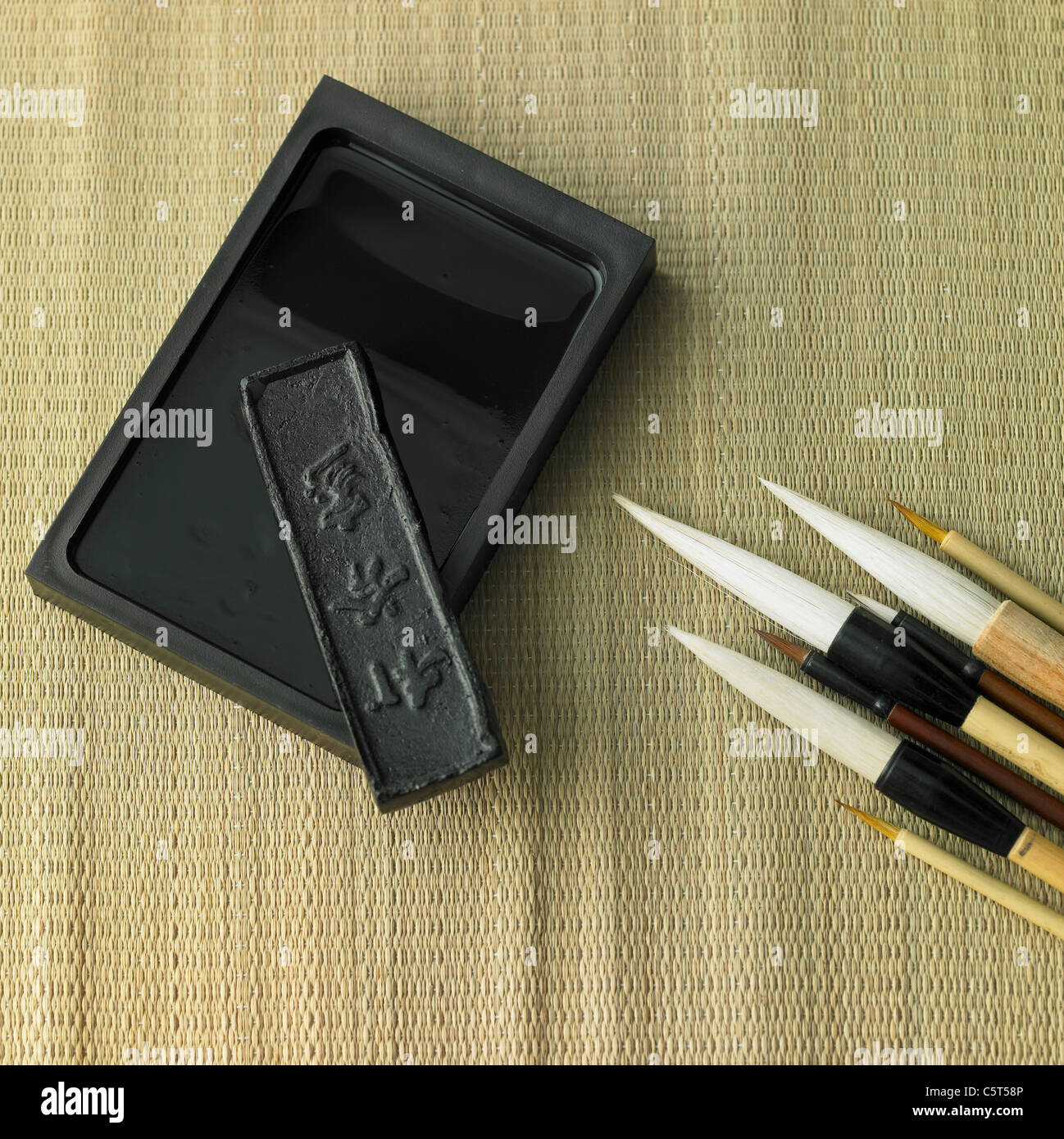The Enduring Legacy of traditional Korean Ink
Traditional Korean ink, known as “먹” (meok) in Korean, is a cornerstone of Korean art and culture. For centuries, it has been an essential tool for calligraphy, painting, and various other artistic expressions. This article delves into the fascinating world of Korean ink, exploring its history, production process, and enduring significance in contemporary society.
A Rich History Rooted in Tradition
The history of Korean ink is deeply intertwined with the nation’s cultural and artistic evolution. Its origins can be traced back to ancient China, where ink-making techniques were first developed. Over time, Korean artisans refined these techniques, developing their own unique styles and traditions.

The production of high-quality ink became a highly esteemed craft, often passed down through generations within families. Skilled ink makers, known as “먹장이,” meticulously selected the finest raw materials and employed time-honored techniques to create inks of exceptional quality.
The Art of Ink Making: A Labor of Love
The creation of traditional Korean ink is a meticulous and time-consuming process. It typically involves several key steps:

The primary raw material for ink is pine soot, collected from the smoke produced during the slow burning of pinewood.
The collected soot is carefully ground into a fine powder using traditional stone mills.
The ink paste is meticulously molded into various shapes, such as sticks, cakes, or tablets.
The Qualities of Exceptional Ink
The quality of Korean ink is determined by several factors, including:
Color: High-quality ink exhibits a deep, lustrous black color with subtle nuances and undertones.
The Significance of Ink in Korean Art
Traditional Korean ink plays a pivotal role in various artistic disciplines:
Calligraphy is considered one of the highest forms of artistic expression in Korea.
Korean ink painting, or “sumukhwa,” is a revered art form that emphasizes the expressive use of ink and brushwork.
Traditional Korean ink has also been used in other artistic applications, such as:
The Enduring Legacy of Korean Ink
Despite the rise of modern technologies, traditional Korean ink continues to hold a significant place in contemporary society.
Artistic Expression: Many contemporary artists continue to utilize traditional ink in their work, exploring new and innovative ways to express themselves through this ancient medium.
Conclusion
Traditional Korean ink is a remarkable testament to the ingenuity and artistry of the Korean people. From its humble beginnings to its enduring presence in contemporary art, it has played a vital role in shaping the nation’s cultural identity. As we move forward, it is crucial to appreciate and preserve this valuable heritage for future generations to enjoy and learn from.



